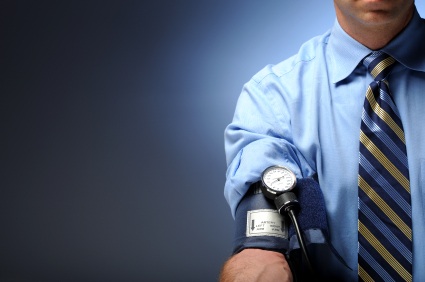Who Should I Go to For My Eye Exam?
/There is often much confusion regarding whom to see for an eye exam – after all there are three different “O’s” that care for eyes in various ways. Who should you choose? To answer this question, let’s first define who the three “O’s” are:
Optometrists (O.D.’s) – A doctor of optometry receives his degree after four years of post graduate training in a college of optometry. Optometrists are licensed to perform comprehensive eye exams, prescribe glasses and contact lenses and to treat many types of eye disease including conjunctivitis (pink eye or red eye) and glaucoma. Optometrists typically do not perform surgery. Instead they receive additional training on understanding and treating the functional aspects of vision – how to help people see the best they can in their day to day lives.
Ophthalmologists – Ophthalmologists are medical doctors (M.D.’s) or osteopaths (D.O.’s) who take a three to five year residency in eye care after they receive their medical degree. In addition to providing comprehensive eye examinations, ophthalmologists are able to prescribe eye medications and perform surgery. Some ophthalmologists go on for additional training and become specialists in certain areas such as retinal, corneal, cataract and glaucoma treatment.
Opticians – Opticians are professionals specially trained to fit, fabricate and dispense eyeglasses. Many states also allow opticians to dispense contact lenses. Opticians do not perform comprehensive eye health examinations.
Which one should you choose for your routine comprehensive eye exams – an ophthalmologist or an optometrist? Obviously I may be biased, but I know today’s optometrists are well trained and skilled at detecting eye disease. If specialized medical or surgical treatment is ever needed, we will quickly arrange for you to see the right ophthalmologist who specializes in your particular eye care problem.






